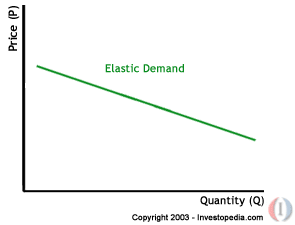Production refers to the economic process of converting of inputs into outputs. Production uses resources to create a good or service that is suitable for exchange. This can include manufacturing, storing, shipping, and packaging. Some economists define production broadly as all economic activity other than consumption. They see every commercial activity other than the final purchase as some form of production.
Production is a process, and as such it occurs through time and space. Because it is a flow concept, production is measured as a “rate of output per period of time”. There are three aspects to production processes:
- the quantity of the good or service produced,
- the form of the good or service created,
- the temporal and spatial distribution of the good or service produced.
A production process can be defined as any activity that increases the similarity between the pattern of demand for goods and services, and the quantity, form, shape, size, length and distribution of these goods and services available to the market place.
he inputs or resources used in the production process are called factors of production by economists. The myriad of possible inputs are usually grouped into six categories. These factors are:
Lecture Note Series No:6 



